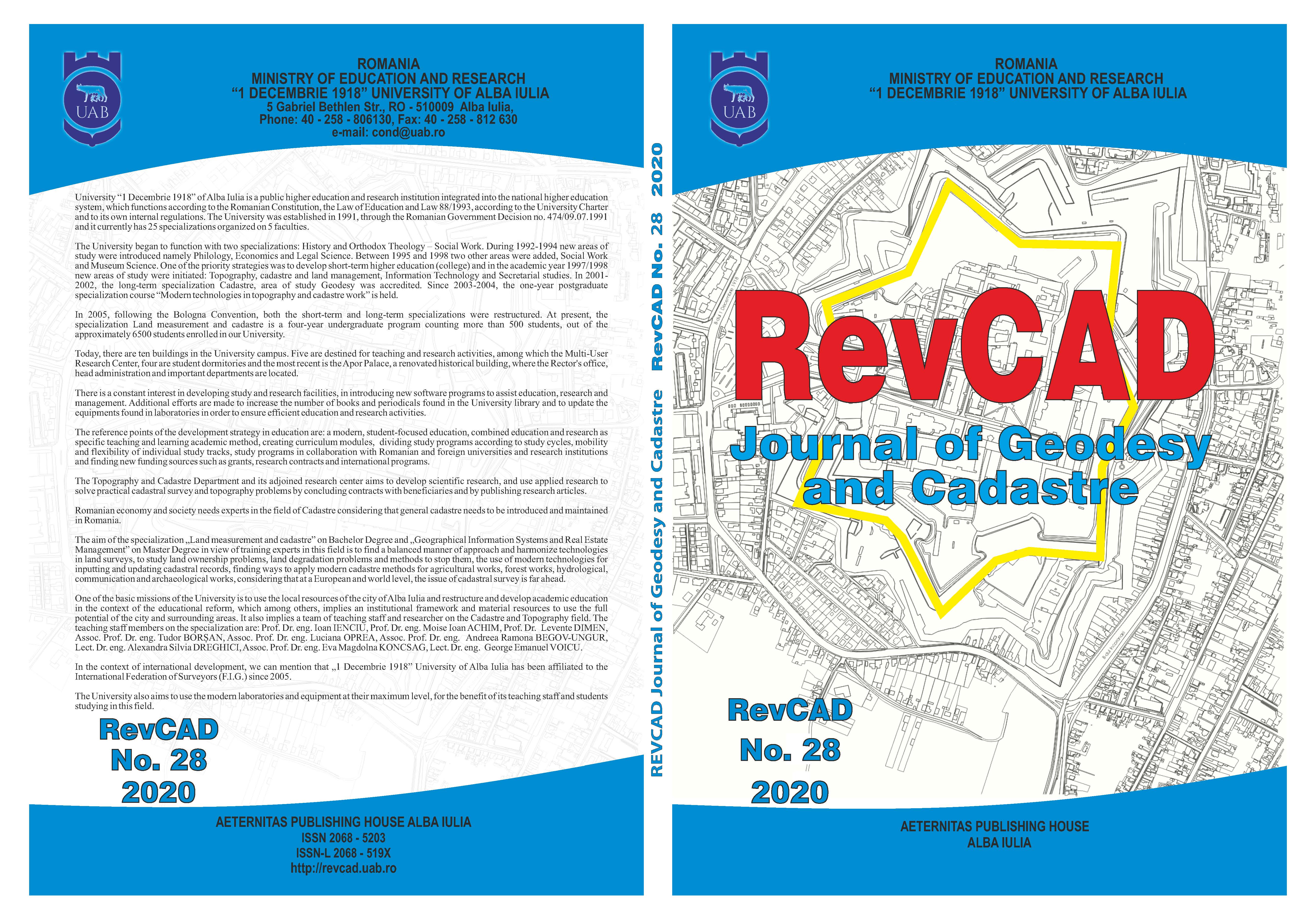Toward the Fourth Industrial Revolution: Testing the Capability of Machine Learning in Predicting Normal Gravity
Toward the Fourth Industrial Revolution: Testing the Capability of Machine Learning in Predicting Normal Gravity
Toward the Fourth Industrial Revolution: Testing the Capability of Machine Learning in Predicting Normal Gravity
Author(s): Bernard Kumi-Boateng, Yao Yevenyo ZiggahSubject(s): Geography, Regional studies, Energy and Environmental Studies, Environmental Geography, Applied Geography, Geomatics, Maps / Cartography, ICT Information and Communications Technologies
Published by: Editura Aeternitas
Keywords: Machine Learning; Normal Gravity Field; Somigliana-Pizzetti formula; Reference Ellipsoid;
Summary/Abstract: As the world enters the fourth industrial revolution of Artificial Intelligence (AI), Internet of Things (IoT), robotics, virtual and augmented reality, researchers like geodesist have been challenged with the task to apply and ascertain the capabilities of such technologies in solving real life problems. Machine learning which a subset of AI is increasingly being applied as alternative predictive tool to solve geospatial problems. In this study, the normal gravity is considered. The objective of the presented work is to test the capabilities of machine learning approaches (strengths and weaknesses) in evaluating (predicting) normal gravity. Looking at the current fourth industrial revolution where machine learning is at its centre stage, the main motivation of this study is to seek answers to the following questions: can machine learning be used to create a normal gravity prediction model?; and can the machine learning model predict normal gravity values with sufficient accuracy? In line with these questions, the study applied the supervised learning approach to develop Backpropagation Neural Network (BPNN), Radial Basis Function Neural Network (RBFNN), Group Method of Data Handling (GMDH), Support Vector Machine (SVM), Least Squares Support Vector Machine (LSSVM) and Multivariate Adaptive Regression Splines (MARS) models. Statistical analysis revealed good prediction accuracy for all the proposed models. In comparison, the RBFNN achieved the best RMSE, NRMSE, MAPE, VAF and PI values of 2.93E-05 mGal, 5.97E-10%, 2.20E-09%, 99% and 1.9, respectively.
Journal: RevCAD Journal of Geodesy and Cadastre
- Issue Year: 2020
- Issue No: 28
- Page Range: 147-166
- Page Count: 20
- Language: English

